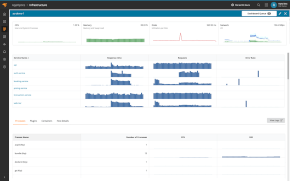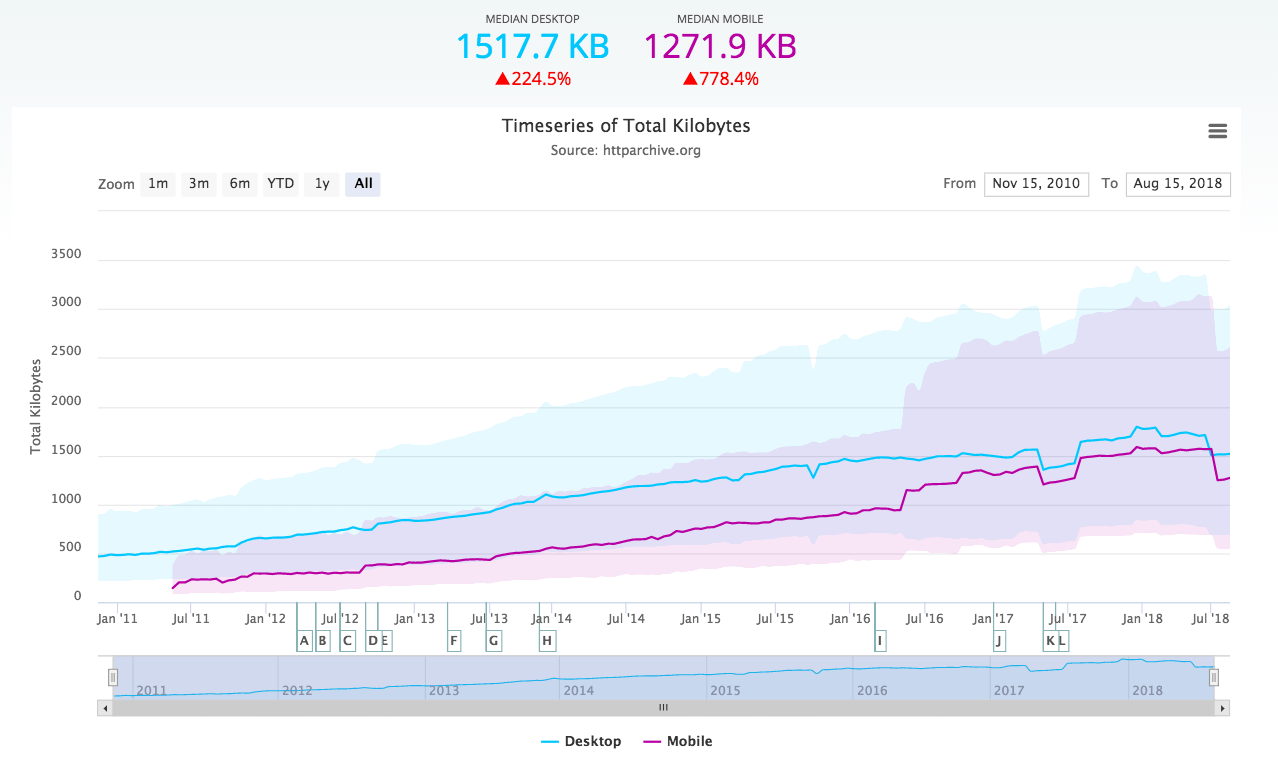A poorly performing website or web application hurts the end-user experience and can result in lost revenue and customers. That’s why businesses seek better tools and processes to simplify digital performance monitoring to expedite detection and troubleshooting of performance issues. There are numerous website performance and availability monitoring tools available for this purpose. In this article, we’ll discuss how organizations can improve web performance monitoring using these tools and best practices.
Start With the Basics
Several technical issues can affect webpage loading time. For instance, larger assets such as unoptimized image files and CSS take longer to load. Domain lookup or a webpage referring to content from another domain can also lead to delays. Similarly, network connection, distance from web servers, and issues with a user’s device can also impact performance and user experience. Most web performance monitoring tools provide a wide range of data to detect and troubleshoot these technical issues. However, to get the most out of your website, a basic understanding of how it functions is required, so you can look at the right places to gather relevant information and correlate data to analyze web performance.
Track Page Speed Across Regions
Page speed refers to the amount of time a webpage requires to download and render. With a page speed monitoring tool, you can run speed tests to get a breakdown of load times for page requests and the size of the requests. Since delivering consistent user experience across all business regions is crucial, you can run and schedule these tests using probe servers spread across the globe. With these tests, you can analyze the load times using waterfall charts, which give a clear view of time spent across different elements during the page load.
Monitor Critical Page Speed Metrics
While most speed test tools provide the median load times, data transferred, and the number of requests, you can also assess the performance quickly using aggregated performance grades. By monitoring page speed metrics, you can pinpoint bottlenecks and resolve performance issues easily. For instance, the First Byte Received, which indicates the total time for a client to receive an initial response from the server, can help in diagnosing server-side problems. Similarly, DOM Content Loaded helps you optimize the critical rendering path and On Load helps gauge the time for an HTML document to get fully parsed and rendered, including CSS. By monitoring these metrics over time, you can measure the success of your website improvement efforts.
Capture Visitor Insights With Real User Monitoring (RUM)
In addition to synthetic monitoring, gathering insights into real user behavior is also crucial. You can use RUM tools to monitor visitor usage trends over time by collecting anonymized data from user sessions. RUM provides real-time metrics like the number of website visitors and active sessions, most visited pages, top devices and browsers, bounce rate, and average load times. Another important end-user experience metric to monitor is the Apdex score, which captures satisfaction levels from page load times, on a scale of 0 to 1. A score of 1 indicates the best user experience, while 0 indicates severe issues with the website performance.
Identify Performance Gaps and Opportunities
By analyzing RUM data, webmasters and application owners can get a better understanding of their website’s hidden issues and hidden potential. For instance, by monitoring the median times on top platforms such as Android, Windows, and iOS, you can identify what devices and browsers are experiencing higher load times. This information helps you prioritize or focus your development efforts on specific areas. Similarly, marketers can use the visitor insights to analyze user behavior in different regions. Further, these insights help businesses in making crucial product-specific decisions based on real data from the end-user experience.
Aim for Real-Time Awareness
It’s important for businesses to get instant alerts when any downtime affects their websites, applications, or servers. While regular monitoring and optimization can help you reduce the chances of downtime, outages can still happen due to server overload, network or firewall related issues, DNS lookup problems arising for configuration errors, internal server errors, and several other technical issues. To ensure such outages are detected and resolved quickly, you can integrate third-party tools for collaboration (Slack, HipChat, etc.) with your uptime monitoring solution. You can send less critical alerts via email.
Invest in a Reliable Web Performance Monitoring Solution
For effective performance monitoring, organizations need reliable tools, which provide all the above capabilities, with increased automation, ease of implementation, and ease of use. While it’s possible to achieve these monitoring capabilities using open-source tools, they require significant time and effort in configuration, integration, and maintenance. On the other hand, commercial solutions like SolarWinds® Pingdom® can help you get started quickly.
Pingdom offers both RUM and synthetic monitoring, provides a single pane of glass to monitor web availability and performance, and can help you get the most out of your website investments. Moreover, Pingdom is part of the SolarWinds APM (application performance monitoring) suite, which includes tools like AppOptics™ and Loggly® for full-stack monitoring of cloud and hybrid environments. This makes Pingdom apt for organizations seeking a scalable solution to meet their monitoring needs in the future. The tool is intuitive and an ideal fit for developers, IT/operations teams, marketers, and web-hosting providers who have to meet strict SLAs for uptime. Pingdom has plans starting at $10 per month. You can also start a free 14-day trial of Pingdom to try out features and functionality.
























